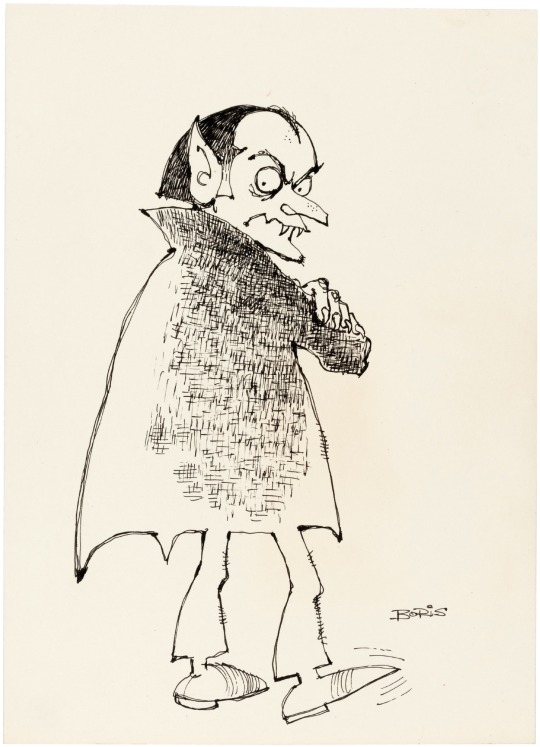#Art by Boris Vallejo
Explore tagged Tumblr posts
Text
I'll see your anime boobsocks and raise you whatever is going on on the covers of those 1970s sword and sorcery fantasy paperbacks to make the barbarian hero's loincloth so perfectly outline his testicles.
#media#literature#art#tropes#fantasy#sword and sorcery#genitals mention#this is not specifically about boris vallejo
1K notes
·
View notes
Text

Celestial Cab - art by Boris Vallejo (1981)
203 notes
·
View notes
Photo

Ecco The Dolphin - Boris Vallejo and Julie Bell
217 notes
·
View notes
Text

Boris Vallejo, 'Demon Lover', 1979
438 notes
·
View notes
Photo

Boris Vallejo, “Across the Heavens,” 1993
884 notes
·
View notes
Text

Boris Vallejo
357 notes
·
View notes
Text

Sorcerer's Apprentice by Boris Vallejo
405 notes
·
View notes
Text

Boris Vallejo (born 1941)
469 notes
·
View notes
Text

The Manly Arts by Boris Vallejo, 1984
#the manly arts#boris vallejo#1984#1980s#fantasy#fantasy art#barbarian#bottle opener#wine#wine opener#vintage
171 notes
·
View notes
Text

Boris Vallejo - Dracula (1970s)
Source
1K notes
·
View notes
Text

The Green Princess
Artist: Boris Vallejo
374 notes
·
View notes
Text

Keepers of the Gate - art by Boris Vallejo (1978)
#boris vallejo#70s sci-fi art#keepers of the gate#cover art#sci-fi novels#steven spruill#science-fiction#seventies#1978
177 notes
·
View notes
Text

Boris Vallejo, "Anath Slays the Warriors" (1988)
107 notes
·
View notes


